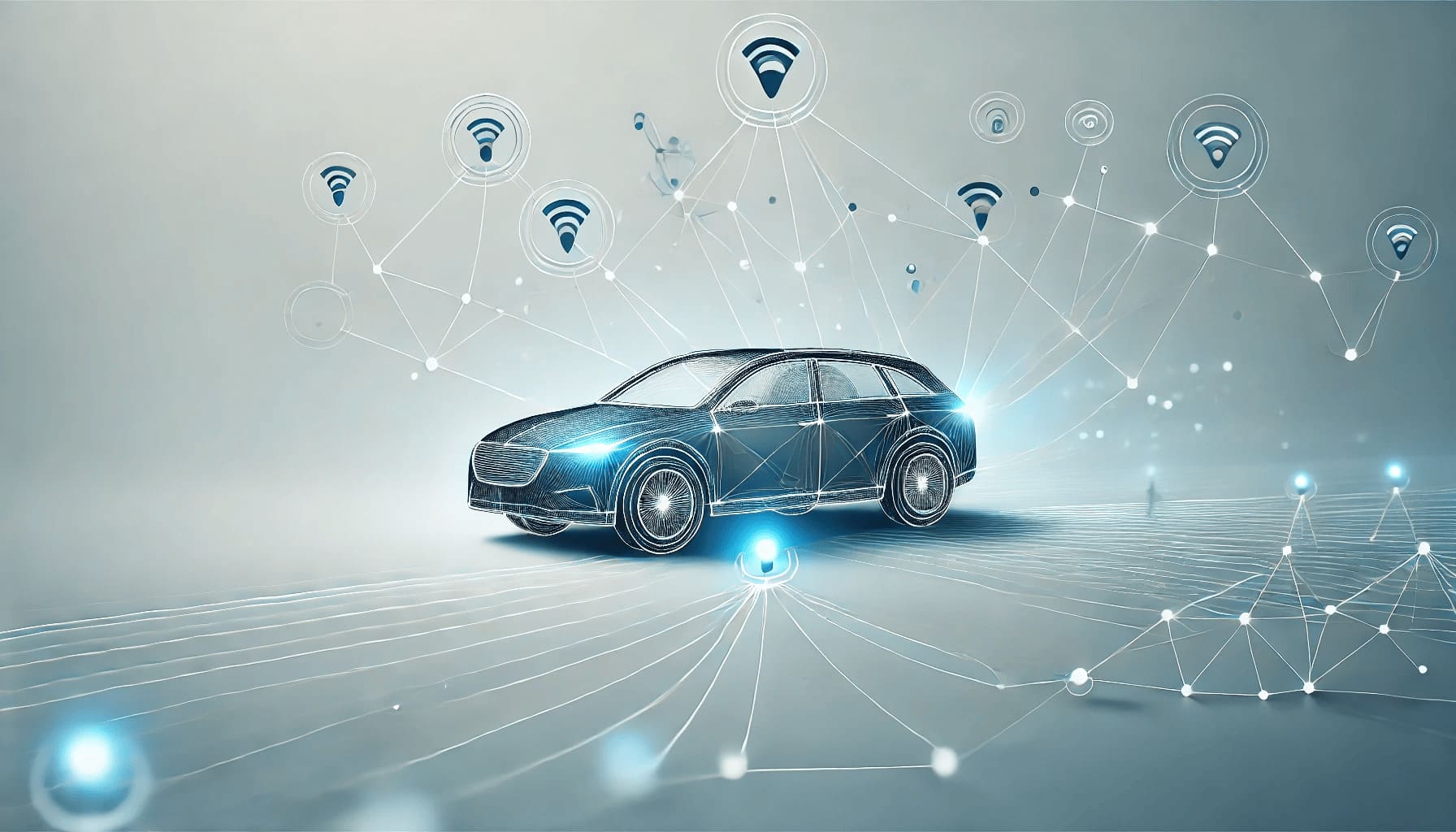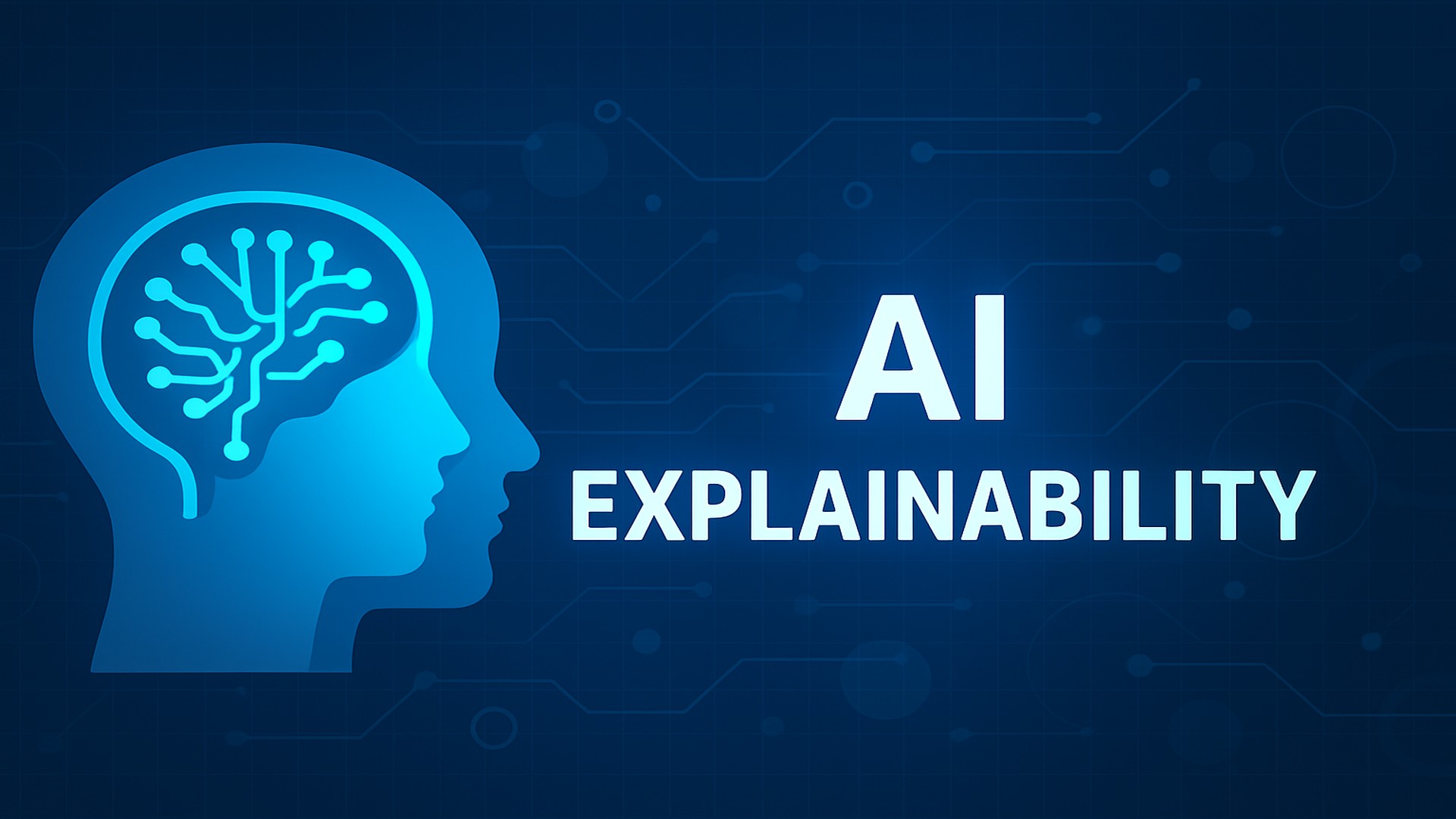Telematics 2.0: New Frontiers Insurance Leaders Are Just Beginning to Explore

Telematics in insurance isn’t just evolving—it’s accelerating into new territory. Vehicles today are more than machines; they’re smart, connected hubs packed with real-time data and advanced electronics. By 2030, half of a car's value will come from its embedded software and electronics. This shift is opening doors for insurers to move beyond basic usage-based models.
Telematics 2.0 introduces a new layer of sophistication; with AI and IoT integration, insurers can now dive into dynamic pricing, predictive maintenance, and real-time risk management. It’s not just about tracking miles anymore—it’s pushing boundaries for strategic advantage by reshaping the entire insurance ecosystem.
From Data Collection to Contextual Intelligence
The first wave of telematics focused on capturing basic metrics: speed, mileage, and braking patterns. But Telematics 2.0 is shifting towards context-aware data. Insurers aren’t just asking how someone drives—they’re asking where, when, and under what conditions.
Digitization is not an end in itself. How will we convince drivers and insurers of the benefits if it doesn’t add clear value to their daily interactions? Telematics 2.0 isn’t just about collecting driving data—it’s about making that data work smarter for both insurers and drivers. Telematics 2.0 addresses this by integrating real-time contextual intelligence—like weather conditions, traffic patterns, and road hazards—directly into risk models.
Combining telematics in insurance with environmental data like weather patterns and real-time traffic conditions allows for hyper-accurate risk assessments. This contextual layer could redefine underwriting models by integrating dynamic, location-based risk factors that adjust policies in real time.
The telematics-based insurance market is projected to grow at a CAGR of 19.5% from 2021 to 2028, driven by demand for more granular, context-driven data integrations (Allied Market Research)

Telematics-Driven Predictive Maintenance: A New Revenue Stream
While predictive maintenance is common in fleet management, insurers are just beginning to scratch the surface of its potential. Fleet telematics can transform insurers from passive risk managers to active safety partners.
Munich Re shows how insurers can leverage vehicle diagnostics to offer predictive maintenance services, reducing claims by preventing breakdowns before they happen. Their telematics product can be implemented as a plug-and-play white-label app or as a fully flexible Software Development Kit (SDK). The SDK integrates Munich Re's full telematics functionality within clients’ existing insurance apps, allowing for a fully customizable user interface and experience. This integration provides access to state-of-the-art technology and superior risk-scoring services, ensuring that insurers can take full advantage of the product to implement it successfully and achieve their goals.
Insurers are now integrating telematics with IoT and AI technologies to elevate predictive maintenance capabilities. For instance, usage-based insurance (UBI) models are being enhanced with machine learning algorithms to predict potential vehicle failures more accurately and recommend maintenance before issues escalate. Companies like State Farm are using AI-driven telematics to provide drivers with proactive maintenance suggestions based on real-time driving conditions and vehicle diagnostics. Furthermore, some insurers are collaborating with connected car platforms to gain deeper insights into vehicle health and performance, enabling even more precise risk assessments and tailored coverage options.
Insurers using advanced telematics can achieve up to 30% more accurate risk assessments and reduce accident rates by 20%, thanks to predictive maintenance capabilities.
Behavioral Science and Gamification: Beyond Discounts
Usage-based insurance (UBI) models are well-known, but Telematics 2.0 pushes beyond simple premium discounts. According to Insurtech Insights, insurers are integrating behavioral science principles to influence driver habits. Gamification techniques—such as scoring systems, leaderboards, and rewards for safe driving—are being used to shape behavior actively rather than just passively monitor it. This not only reduces claims but also increases customer engagement and brand loyalty.
A study by the University of Guelph found that incorporating gamification elements, such as points and rewards, into telematics-based auto insurance programs, especially for younger drivers, can increase consumers' willingness to enroll in these programs.
Root Insurance uses telematics-driven gamification to personalize pricing, with safe drivers enjoying significant discounts. Their model has led to a 15% reduction in claims compared to traditional insurers.
Cambridge Mobile Telematics reports a 40% reduction in accident risks when behavioral feedback and gamification are applied to driver monitoring systems.
Integrating Telematics into Ecosystem Partnerships
One of the most underexplored frontiers is how telematics data can serve as a currency within broader ecosystems. Insurers can partner with car manufacturers, city planners, and even retailers. For example, telematics data could inform smart city infrastructure, leading to safer roads—and potentially shared liability models between insurers and municipalities. For instance, sharing anonymized traffic and location data with city planners can lead to smarter urban infrastructure and safer roads. Audi's Traffic Light Information system is a prime example, helping cities reduce congestion by integrating vehicle data into traffic management systems.
Retail partnerships can also be created, offering discounts based on driving routes and habits, making telematics a tool for lifestyle integration, not just risk management. Progressive's Snapshot program partners with retailers to offer targeted discounts based on driving patterns, enhancing customer engagement while providing valuable behavioral data.
For similar discussions, visit: Insurance Will Soon Say Farewell to These 3 Tedious Tasks
AI and Machine Learning: Synthesizing the Data Deluge
With telematics devices generating terabytes of data, AI and machine learning are becoming essential for synthesizing insights. AI algorithms can identify patterns in driving behavior that aren’t visible to human underwriters, enabling real-time risk scoring and fraud detection. This approach not only accelerates claims processing but also proactively prevents losses by predicting high-risk behaviors before they lead to accidents.
Future Trends:
-
Connected Vehicles and 5G: The emergence of connected vehicles and 5G technology is set to enhance telematics capabilities. Real-time data streaming will allow for instant policy adjustments and more accurate risk scoring, providing a more responsive insurance experience.
-
Embedded Insurance Models: Insurers are increasingly integrating telematics into embedded insurance offerings at the point of sale. This approach simplifies the purchasing process and offers seamless customer experiences, making insurance more accessible and tailored to individual needs.
-
Environmental Impact Tracking: Future telematics systems are expected to monitor carbon emissions and promote eco-friendly driving habits. This aligns insurance practices with sustainability goals, encouraging drivers to adopt greener behaviors.
These technologies are turning the insurance world on its head, making it more dynamic, responsive, and in tune with our lives. But here's the kicker: It's not just about jumping on the tech bandwagon. The real winners will be the insurers who don’t just adopt these technologies but find new, innovative ways to put them to work. The industry is shifting fast, so the real question is, who’s ready to be at the forefront, shaping what comes next?
Topics: Digital Transformation







